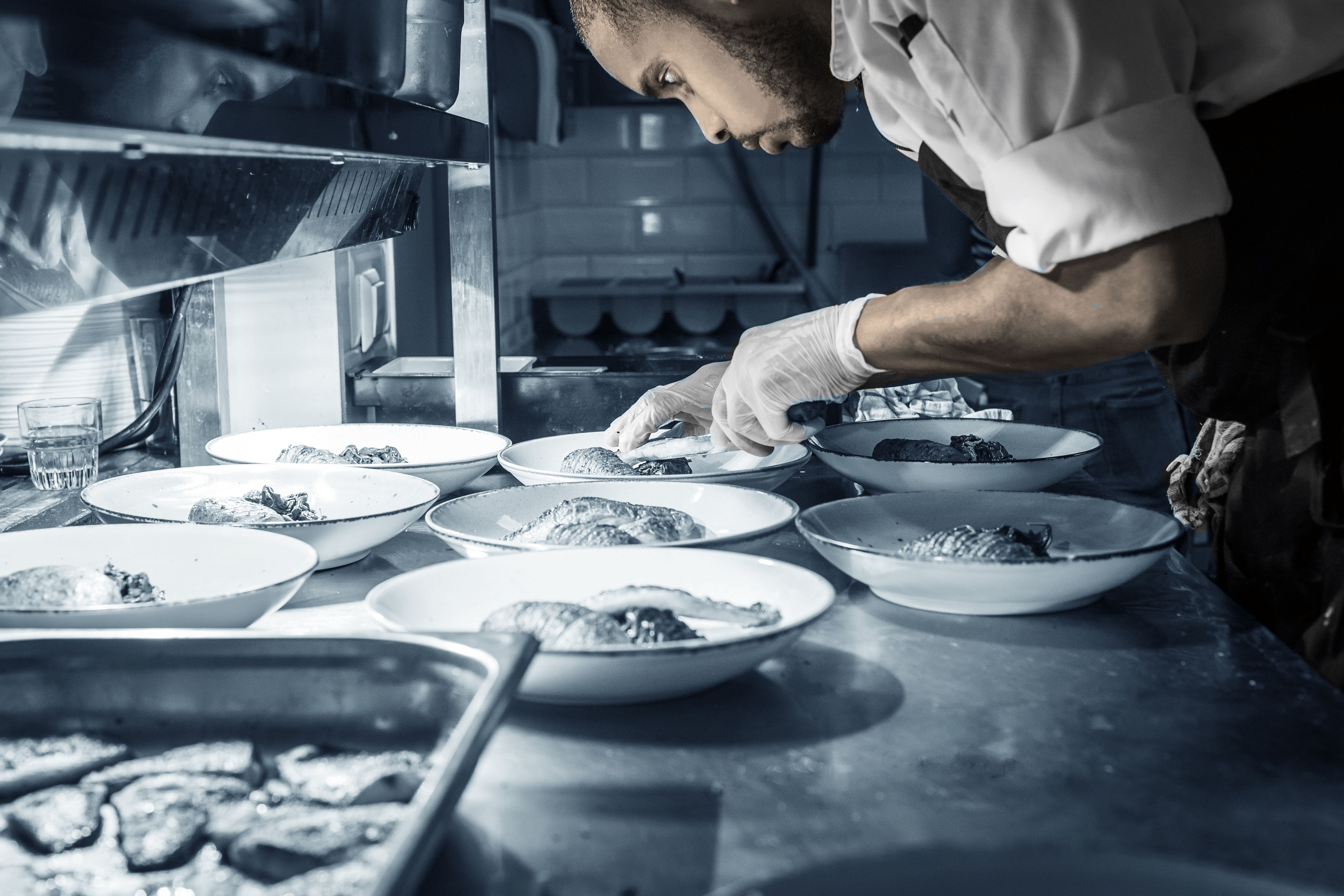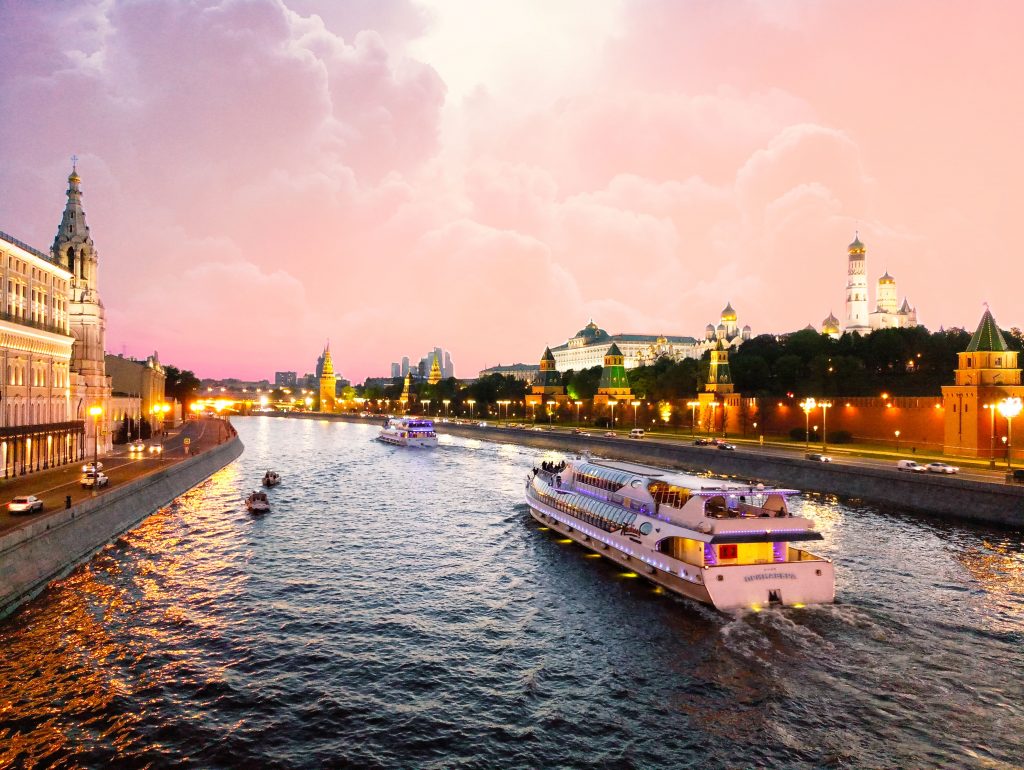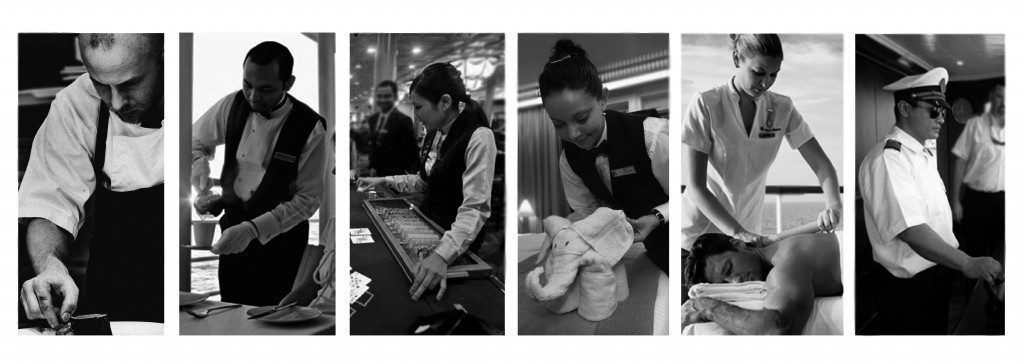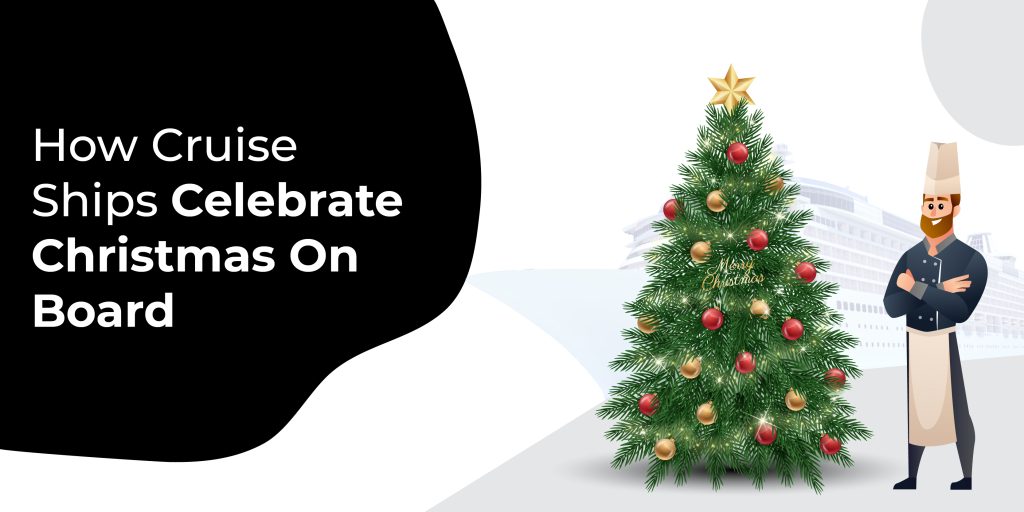
Christmas tends to be one of the biggest holidays in the year, particularly in the western hemisphere. Cruise ships with sailings around this particular day tend to go all out to create a festive spirit across the ship, with special decorations, menus and events.
This typically means that Christmas is a busy day for ship crew on duty. Most guests will want to indulge in something special and treat themselves.
DECOR
Many cruise ships put up Christmas décor just after Thanksgiving, usually celebrated on the fourth Thursday in November. Cruise ship chefs will be tasked with getting started on entire gingerbread villages which can take a while, and edible yule logs. There’s even one in the crew mess room.
Most cruise lines will, however, stay out of guest staterooms to respect the privacy of those who might want to escape the hullabaloo. Some crew like to feel at home and put up extra decorations or ones they’ve bought in their cabins. It’s important to remember that despite all of this, crew still have to pass cabin inspections.
FOOD
Food is a big attraction on holidays like Christmas. Cruise ships plan an elaborate menu with lots of traditional dishes as well as a few special ones. Dishes will largely depend on the demography of the passengers. Christmas menus are seen in the main dining room – where food is usually included in the ticket price – as well as specialty restaurants, many of which are paid.
Through December, cruise ship chefs will go all out to have a wide variety of traditional treats available, particularly for children, including cookies, gingerbread and hot chocolate. There’ll also be lots of mulled wine, eggnog and cider.
The most important meal is Christmas dinner, where one would be hard-pressed to find a cruise ship buffet without a stuffed turkey and all the trimmings. The Royal Caribbean, for example, has previously included honey-baked ham and chestnut truffle risotto alongside its oven-roasted turkey. Its holiday special Christmas-themed desserts included the traditional French bûche de Nöel and a spice cake served with brandy sauce and whipped cream.
The crew are extremely busy on Christmas day so their celebrations are usually a little while after. Cruise ship companies show their appreciation by organising a special Christmas lunch for crew featuring guest-quality food, and an end-of-year Christmas party that often has free alcohol.
ACTIVITIES
The entertainment section on cruise ships puts together special festive shows, often filled with songs, jokes, light-hearted family fun, musicals, plays and also nativities. Guests will also find choirs singing carols.
For children particularly, there’ll be appearances from Santa Claus and the elves, Christmas-themed story-telling and movies screened in-room or at onboard theatres. There are also festive arts and crafts classes, parades and themed karaoke to keep spirits up throughout December.
Many cruise liners organise religious services such as Christmas mass with a priest onboard, or other non-denominational services. Tree lighting ceremonies, games and holiday trivia are also part of the fun, and on some cruises, crew might dress up as famous holiday characters such as the Grinch.
For crew, there’s usually a secret Santa gift exchange or office party as well as a crew sale at the onboard gift shop where they can buy presents at discounted prices. There may also be a Christmas show as well as a full-ship or department-wise staff Christmas photo that crew receive as a keepsake.
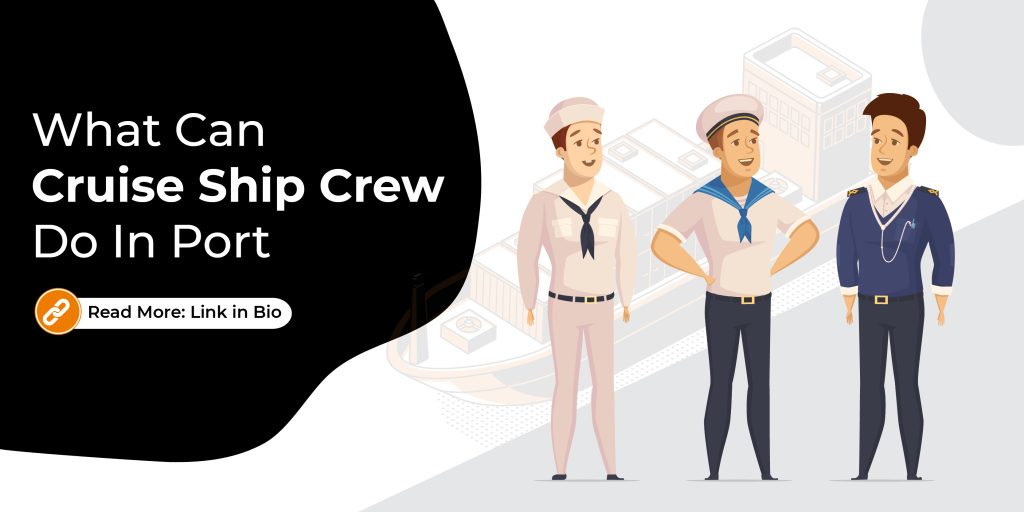 The COVID-19 pandemic seriously hampered cruise ship operations. Given that coronavirus outbreaks did occur on cruise ships and the high risk they pose with semi-enclosed areas, high population density and limited medical resources, the industry is nervous about extending pre-pandemic shore liberties to crew.
The COVID-19 pandemic seriously hampered cruise ship operations. Given that coronavirus outbreaks did occur on cruise ships and the high risk they pose with semi-enclosed areas, high population density and limited medical resources, the industry is nervous about extending pre-pandemic shore liberties to crew. As the world opens up post pandemic, the hospitality industry too seems to be getting back on track. This means interviews to fill roles that may have been laid off or for new positions are up for grabs.
As the world opens up post pandemic, the hospitality industry too seems to be getting back on track. This means interviews to fill roles that may have been laid off or for new positions are up for grabs.
